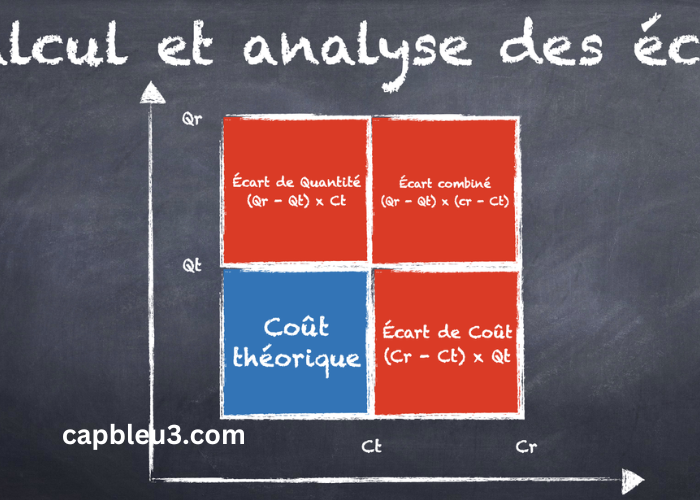
Ecart 10 12 is a term deeply rooted in the world of turf betting, specifically within the realm of horse racing. It refers to the statistical analysis of the gaps or intervals between a horse’s performances, particularly focusing on the occurrences when a horse finishes 10th or 12th in its recent races. This statistical method aims to identify patterns and trends that can help bettors make informed decisions when placing their wagers. Understanding Ecart 10 12 requires delving into the statistical nuances and strategic implications it carries within turf betting strategies.
Statistical Analysis and Its Importance
At the core of Ecart 10 12 strategy lies statistical analysis, which is pivotal for bettors aiming to predict future outcomes based on past performances. This method involves calculating the frequency and distribution of a horse finishing either 10th or 12th in its recent races. By identifying these patterns, bettors can discern whether a horse is likely to break its pattern or continue performing within a predictable range. Statistical tools and software play a crucial role in this analysis, enabling bettors to interpret data effectively and derive actionable insights.
Statistical analysis not only helps in understanding past performances but also aids in forecasting potential improvements or declines in a horse’s form. Bettors who integrate statistical analysis into their Ecart 10 12 strategy gain a competitive edge by leveraging data-driven decisions to enhance their overall success rate in turf betting.
Evaluating Track and Weather Conditions
Track and weather conditions significantly influence race outcomes and are essential considerations in Ecart 10 12 betting strategies. Turf tracks vary in firmness, moisture content, and overall condition, all of which impact a horse’s performance. Similarly, weather conditions such as rain, wind, or extreme temperatures can alter track conditions and affect race dynamics.
Experienced bettors meticulously analyze how different horses perform under specific track and weather conditions. Factors such as a horse’s preference for certain track types (firm, soft, yielding) or its ability to handle adverse weather conditions can influence betting decisions. By evaluating track and weather conditions alongside statistical analysis, bettors enhance the accuracy of their Ecart 10 12 selections and adapt their strategies accordingly to maximize their chances of success.
Understanding Trainer and Jockey Dynamics
Trainer and jockey dynamics play a pivotal role in Ecart 10 12 betting strategies, as they directly impact a horse’s training regimen and race-day performance. Bettors assess a trainer’s track record, training methods, and ability to prepare horses for specific race conditions. Similarly, a jockey’s skill, experience, and compatibility with a horse can influence its performance during a race.
Experienced bettors scrutinize the synergy between trainers and jockeys, analyzing their past collaborations and success rates in similar race scenarios. Understanding trainer and jockey dynamics allows bettors to make informed decisions when selecting horses for Ecart 10 12 bets, recognizing the pivotal role these individuals play in maximizing a horse’s potential on race day.
Strategies for Implementing Ecart 10 12 in Betting
Implementing Ecart 10 12 effectively requires adopting strategic approaches tailored to maximize betting success. Seasoned bettors employ various strategies, such as focusing on horses with consistent performance patterns in finishing 10th or 12th place, identifying potential race favorites likely to break their pattern, or assessing overlooked contenders with high-value odds.
Some bettors integrate additional factors into their strategy, such as recent form improvements, historical data analysis, or insider information from trainers and jockeys. By combining statistical analysis with comprehensive evaluation of track conditions, trainer/jockey dynamics, and strategic selection methods, bettors optimize their chances of selecting winning horses in Ecart 10 12 bets.
Conclusion
Maximizing returns while managing risks is essential in Ecart 10 12 betting strategies, as it ensures sustainable profitability over time. Bettors employ techniques such as betting on multiple horses to cover various outcomes, diversifying wager amounts based on confidence levels, and implementing disciplined bankroll management principles.
Additionally, bettors consider risk mitigation strategies, such as hedging bets or limiting exposure during uncertain race conditions. By adopting a balanced approach to maximizing returns and managing risks, bettors enhance their overall profitability and longevity in Ecart 10 12 betting endeavors.